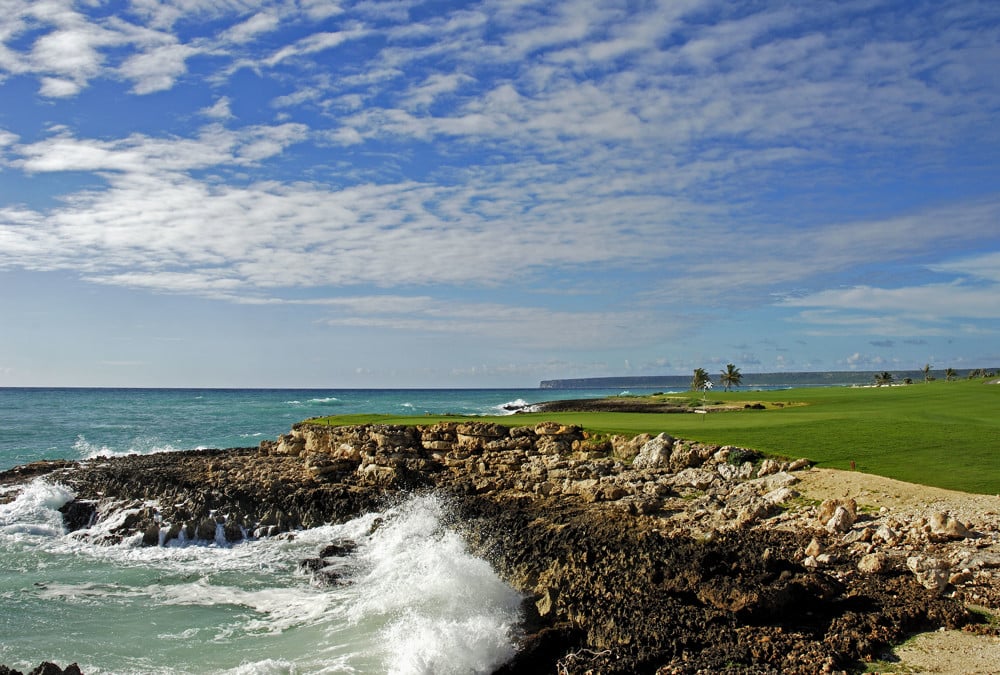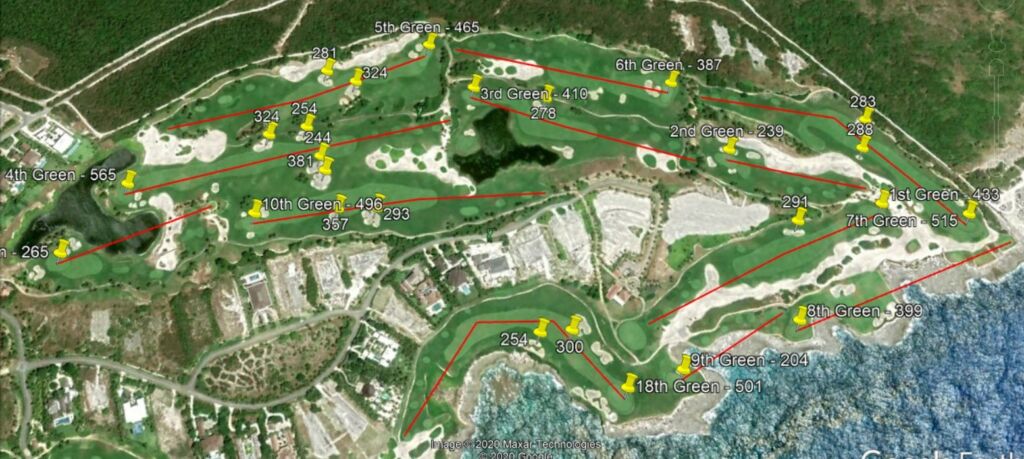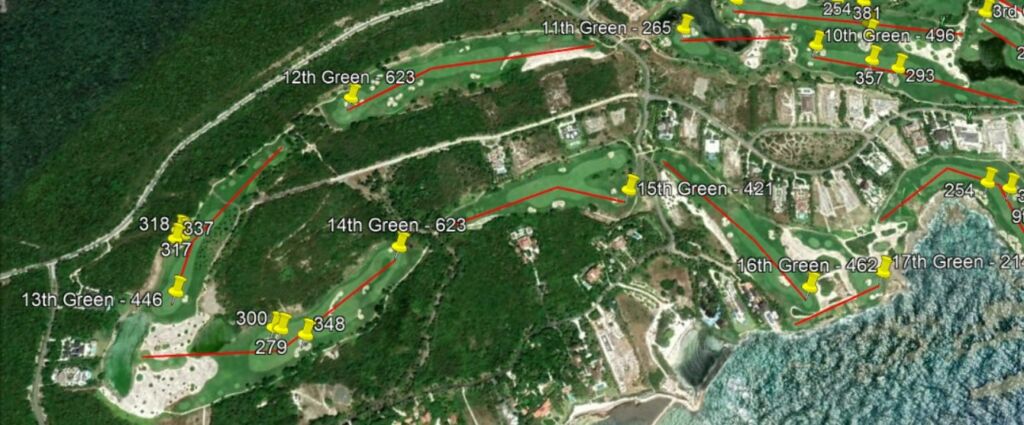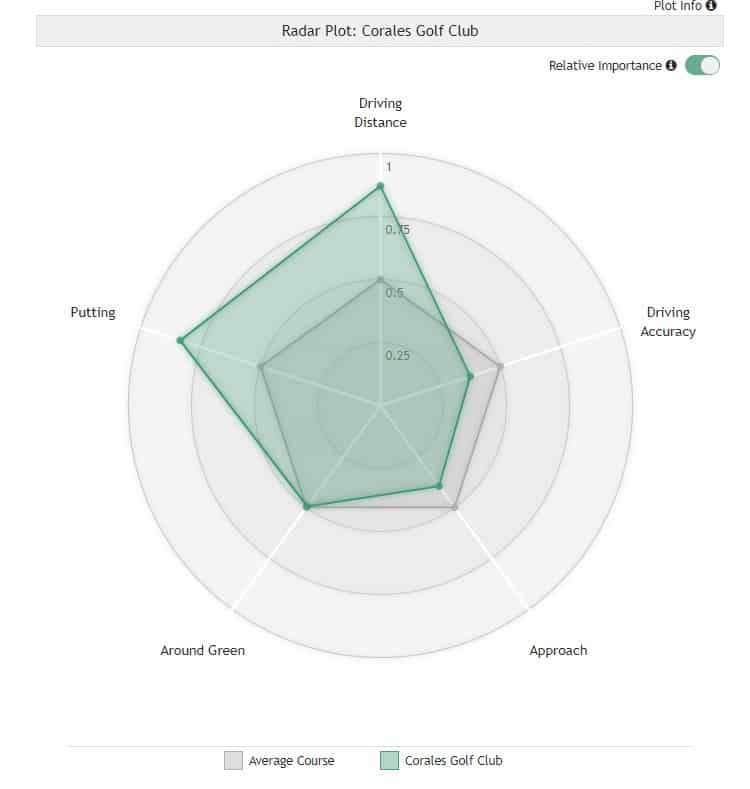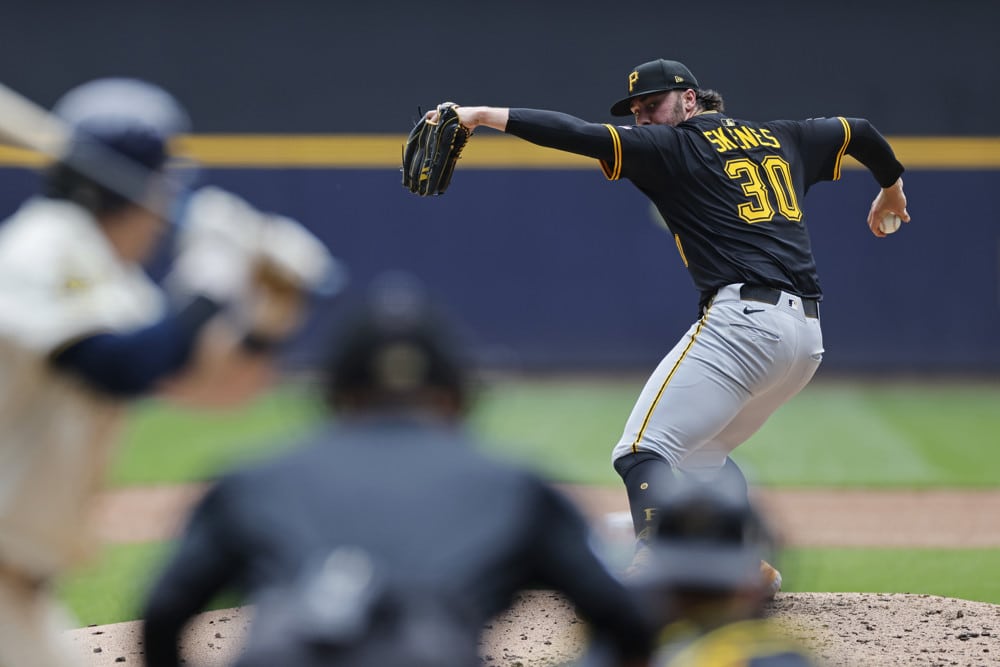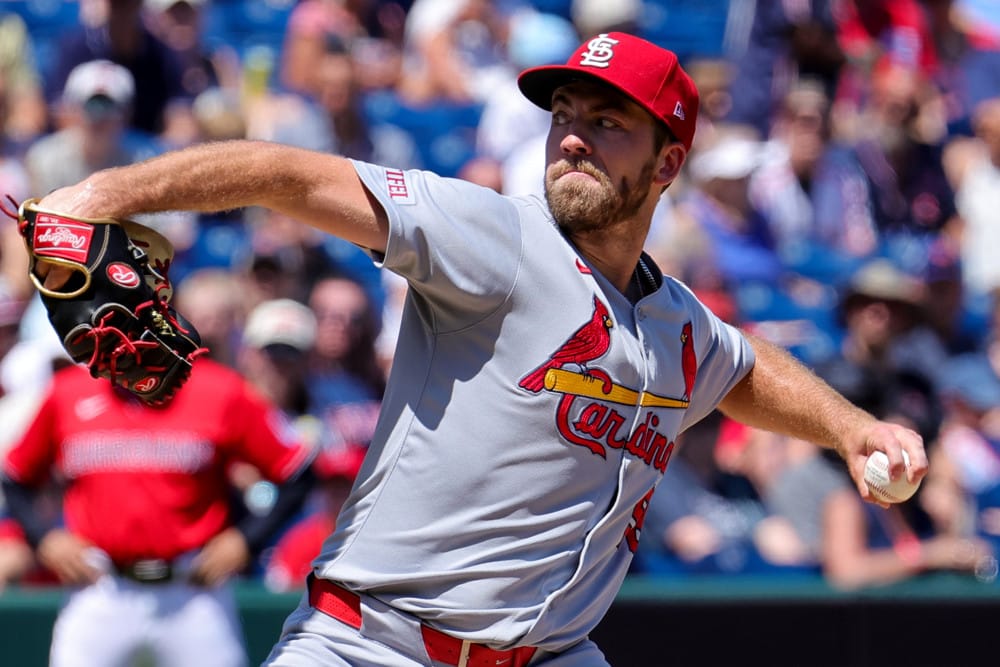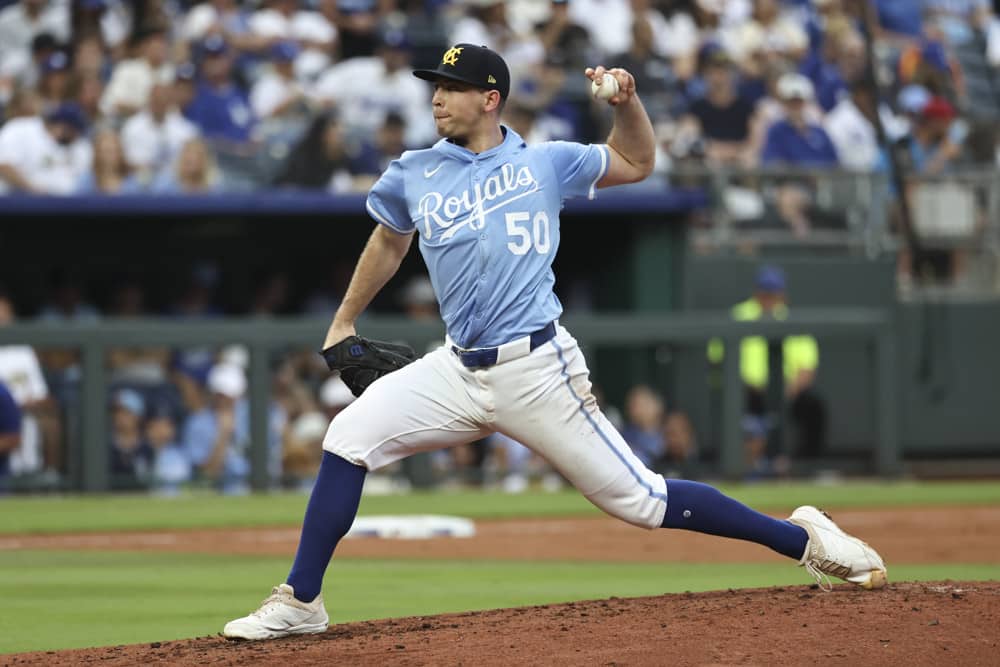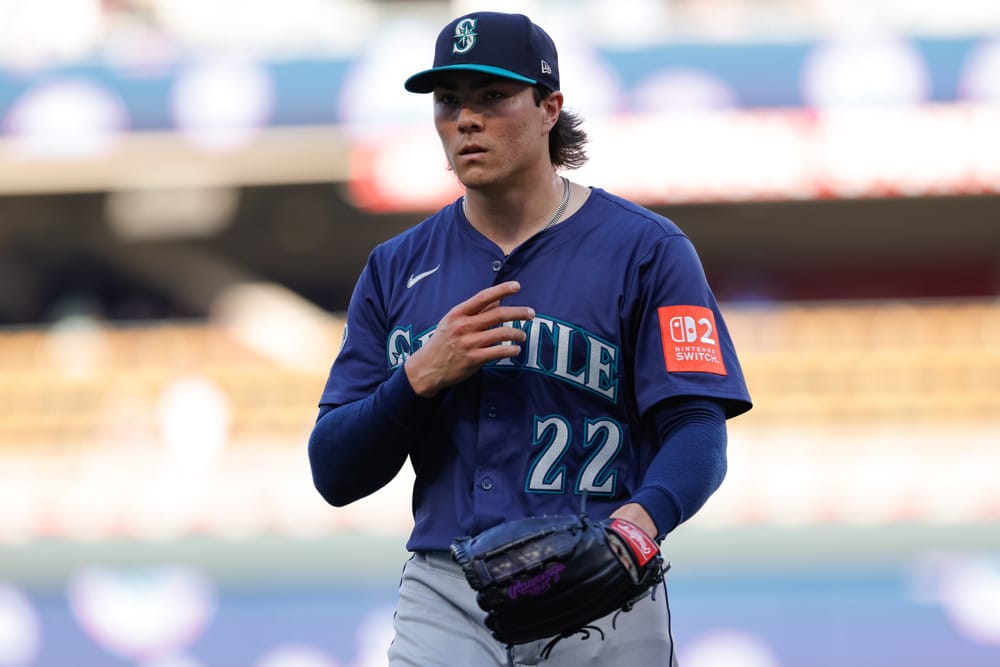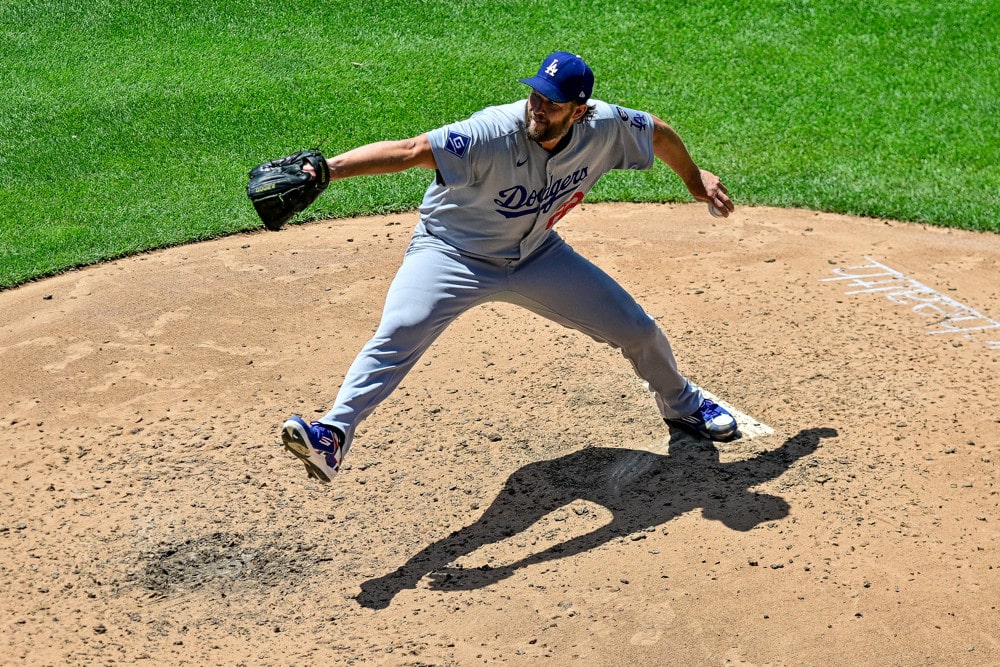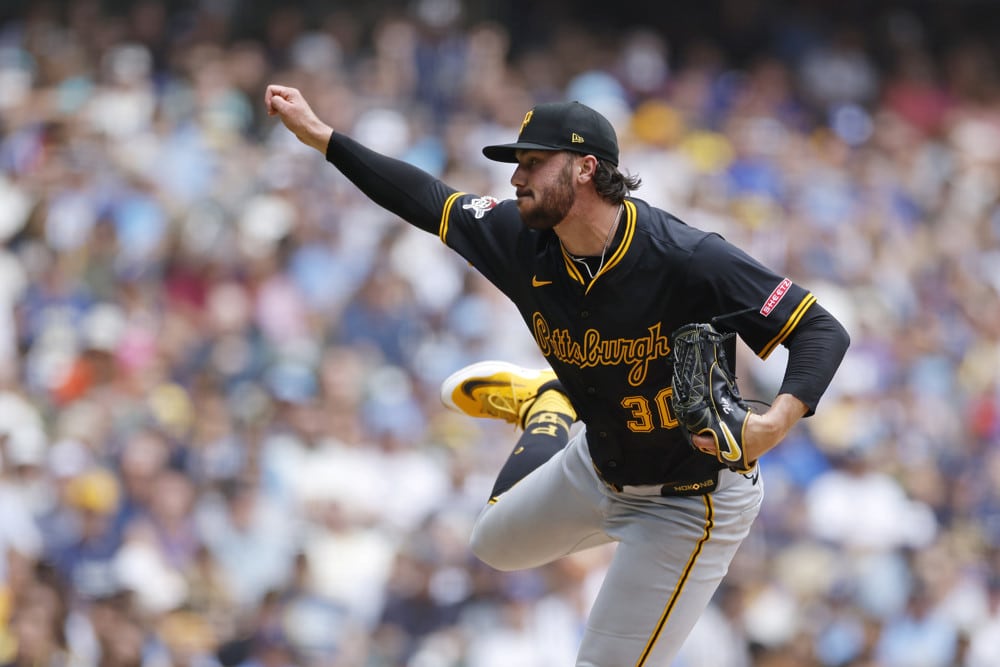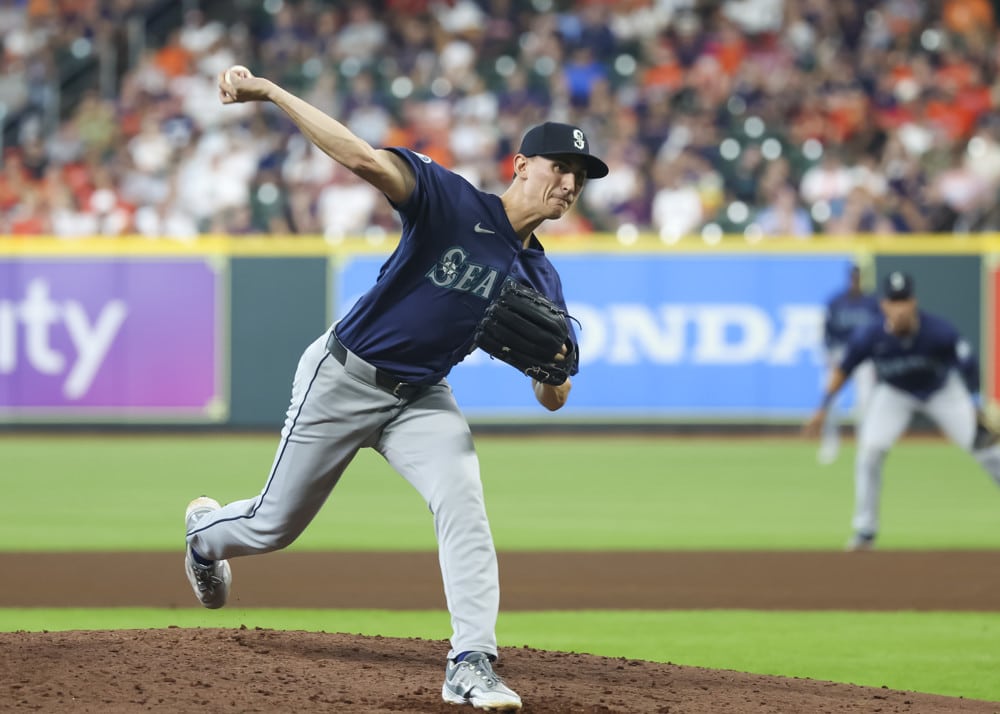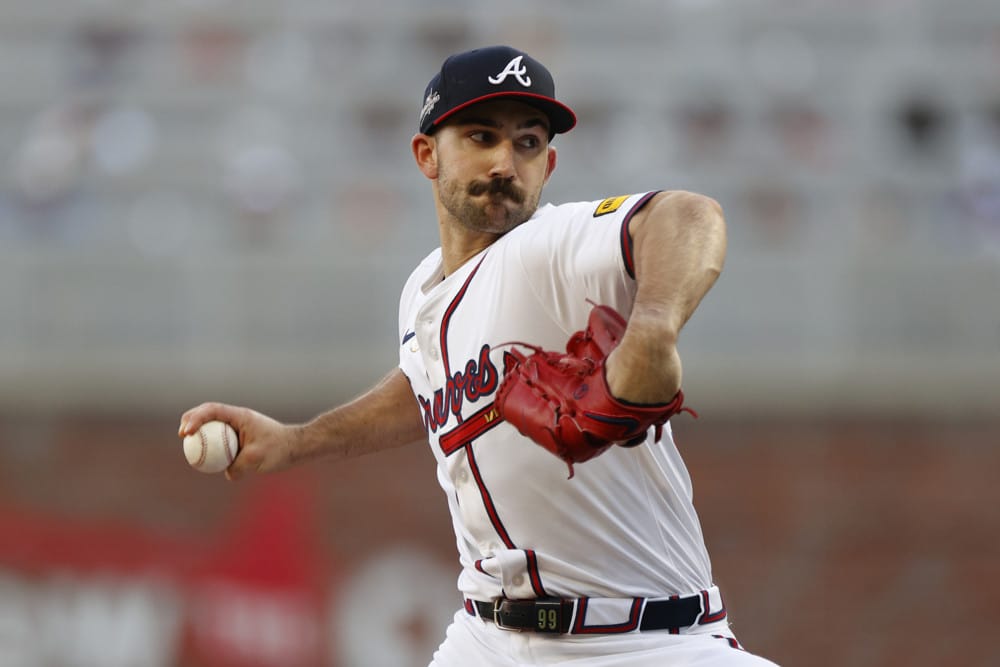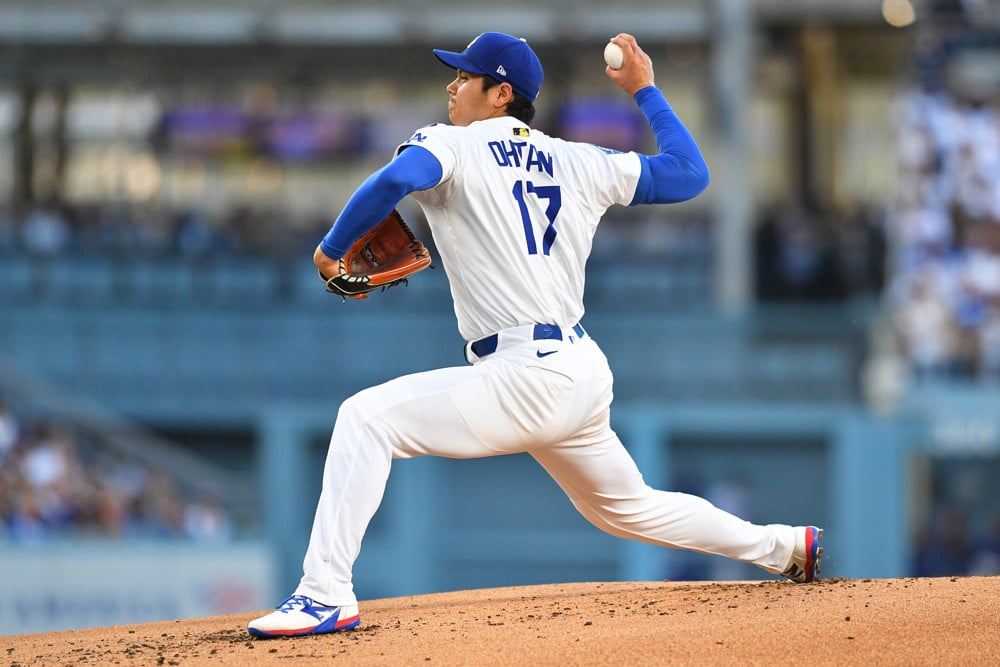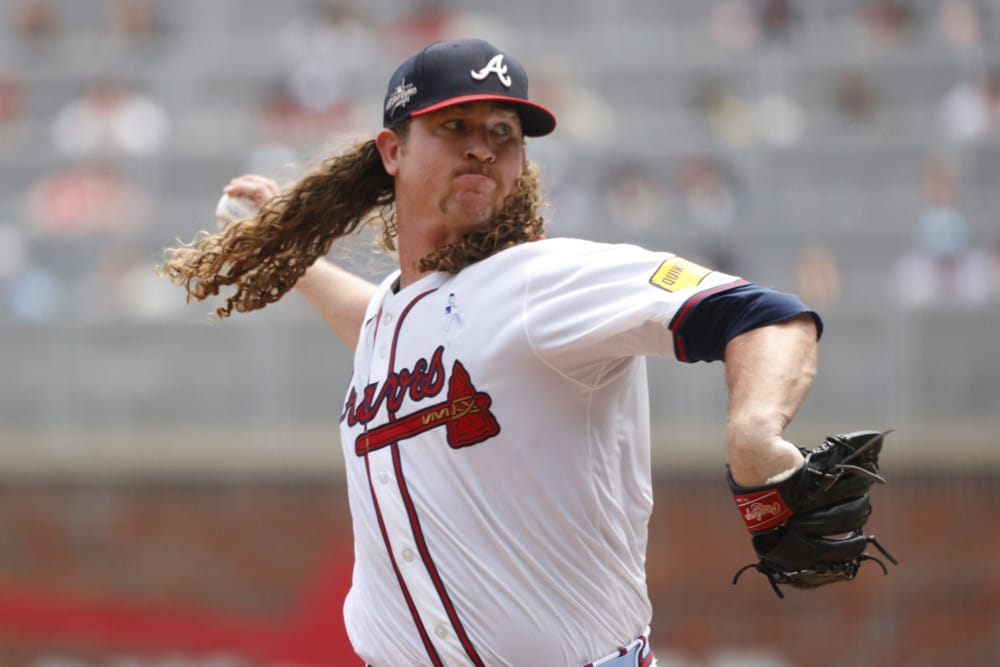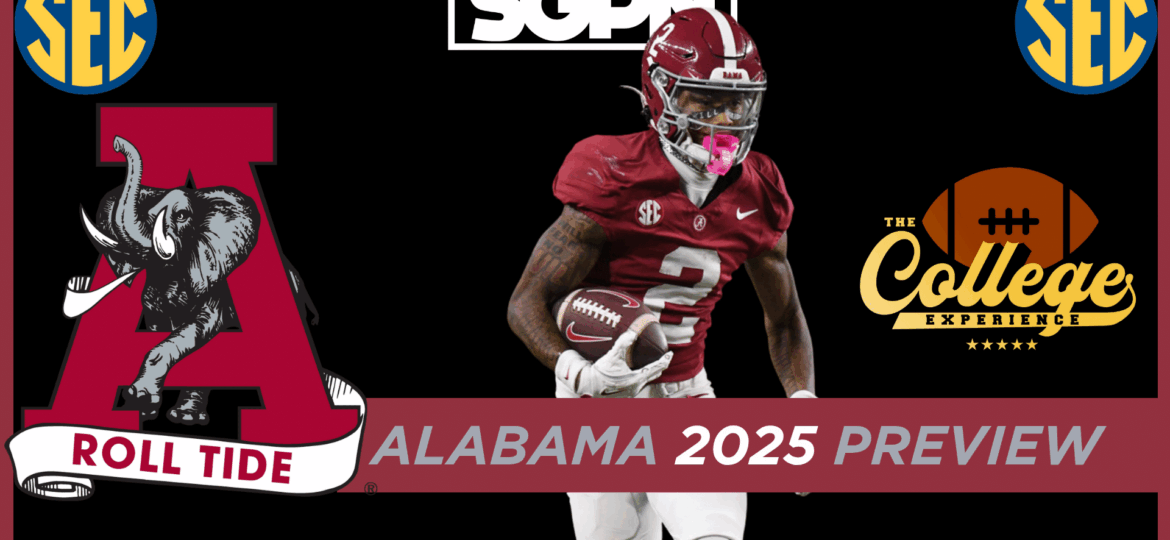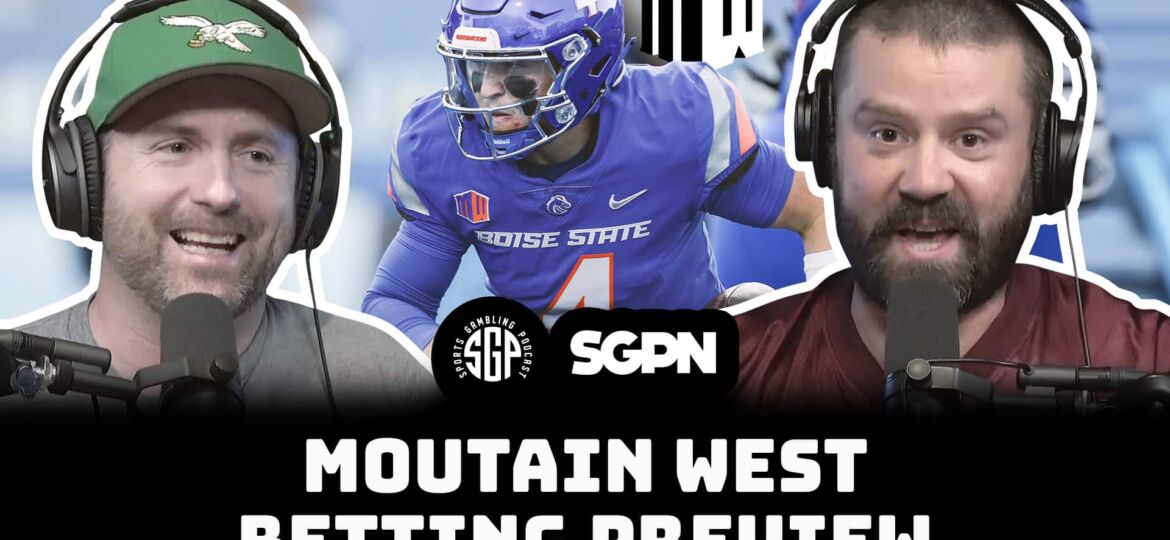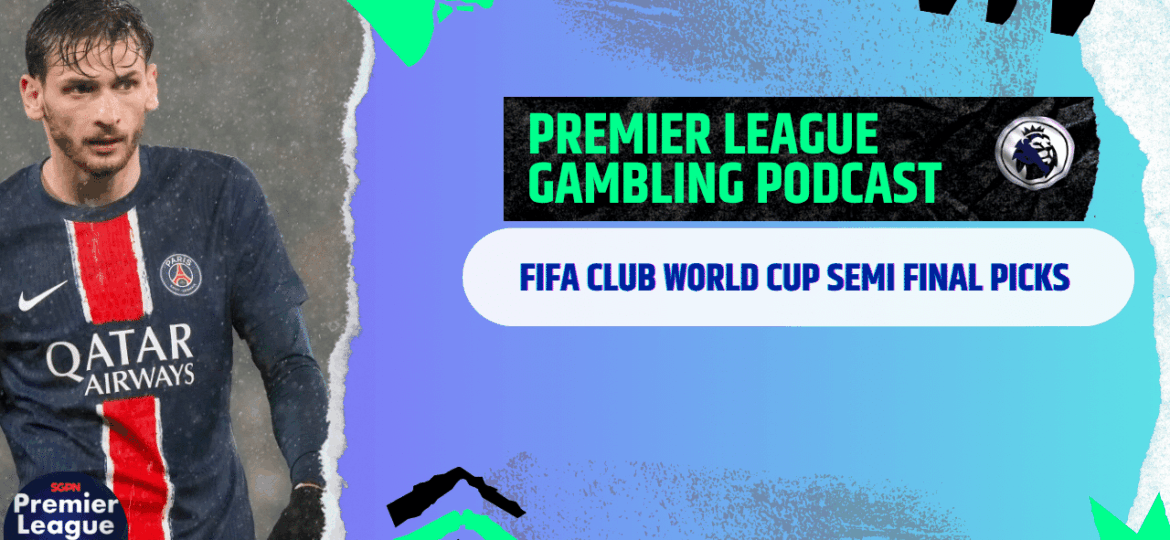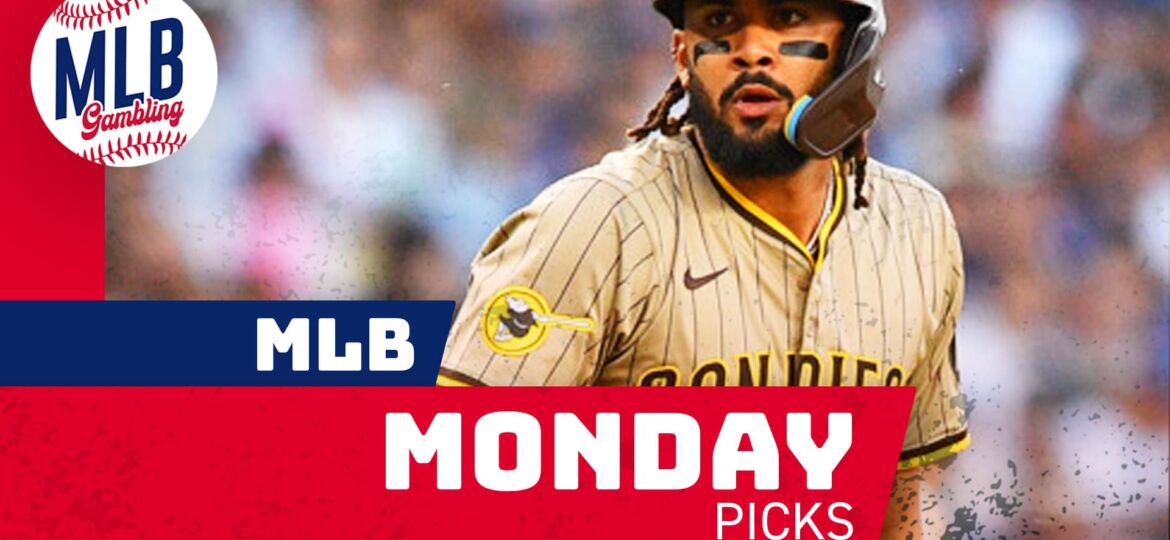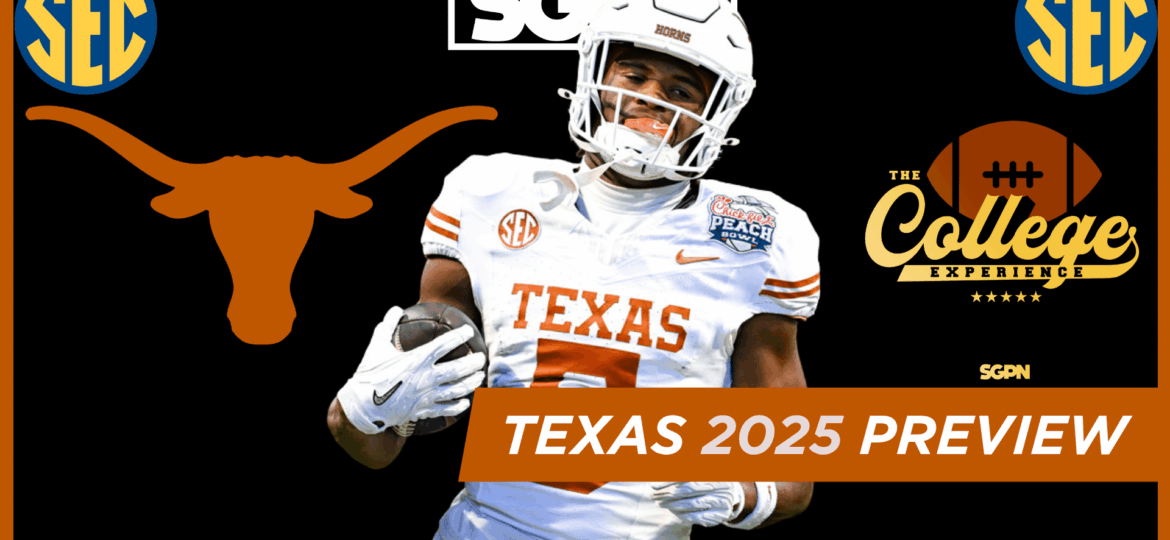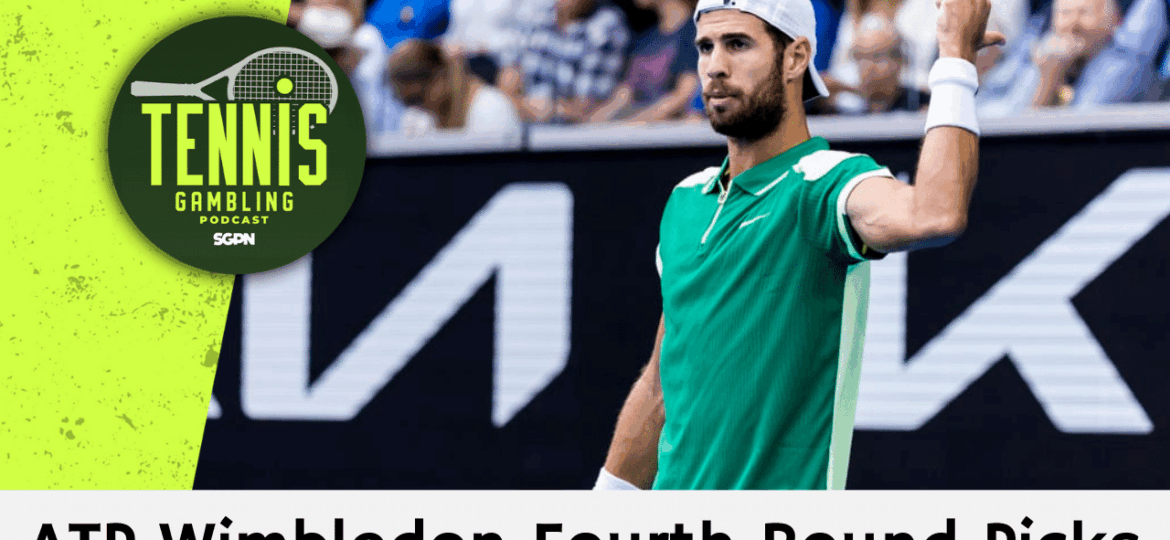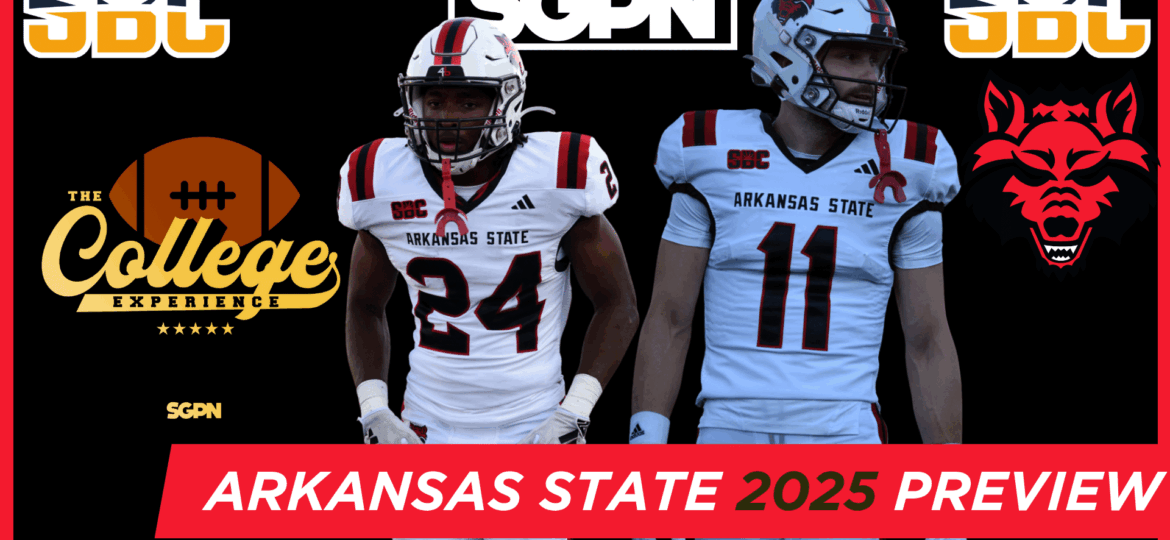After getting punched in the mouth for 72 holes at Winged Foot, the PGA Tour returns to action at a much more relaxing setting for the Corales Puntacana Resort & Club Championship at the Corales Golf Club in the Dominican Republic.
Here’s everything to know about the golf course before placing a single wager on it.
Corales Puntacana Resort & Club Championship:
The Field
At long last, the PGA Tour gets a little bit of a breather a torrid four month stretch. Unsurprisingly, almost all the top players in the world are taking a much needed week off, meaning that the field for this week’s Corales Puntacana Resort & Club Championship is woefully weak.
The most accomplished player in the field this week is Henrik Stenson, who must either have a time share somewhere in the Domincan or have some sort of sponsorship arrangement with the resort. I can’t really think of a reason why a player of his caliber would be playing this week, but he’s definitely the biggest name in the field.
Overall, though, this field is full of either middling PGA Tour players, aging players trying to hang on or young and emerging players looking to make a big splash. One of these young guns is Will Zalatoris, who is coming off a fantastic season on the Korn Ferry Tour and just finished T5 at the U.S. Open. Zalatoris might be the golfer most impacted by COVID (non-medical reasons) this season because no player from the Korn Ferry Tour was eligible to graduate. Zalatoris was well on his way to earning a PGA Tour card, but he still has an opportunity to gain temporary membership with a good finish this week.
Other notables in the field this week include Corey Conners, Mackenzie Hughes, Emiliano Grillo, Will Gordon, Charley Hoffman, Kyle Stanley and Branden Grace.
For the full field list, click here.
The Golf Course
The Corales Golf Club is one of the most exclusive golf clubs in the world and was founded in 2006. The private club in the Dominican Republic’s founding members include the likes of Mikhail Baryshnikov, Julio Inglesis and the 42nd United States President Bill Clinton. But the golf course at the club wasn’t completed until 2010, when famed architect Tom Fazio completed his work to create an 18 hole track along the rocky coastline of the eastern shore of the island:
The front nine begins along the coast and weaves its way around the northern end of the property. This side of the golf course is the most exposed to the prevailing wind off the ocean. Players will enjoy a tail wind from holes 2 through four, but then have to play back into the wind from holes 5 through 7. The players will then have to contend with a challenging cross wind on their final two holes on the front nine.
The back nine then moves inland into the surrounding mangrove forests and quarries and offers a little protection from the coastal winds. After emerging from the Par 4 15th (which features two green complexes), the players will face the “Devil’s Elbow”, named for its tee-to-green shape and its exposure to the coastal winds. The finale of the Devil’s Elbow requires a forced carry of the water, to the fairway, which while challenging for an amateur is fairly easy for almost all the pros in this week’s field.
The golf course is over 7,600 yards, making it the longest golf course on the PGA Tour schedule. Though the prevailing winds make the golf course play a little shorter than advertised, it’s still a very long one for the players. In addition, the players will play on a type of grass not seen all that often on the PGA Tour. The fairways, greens and rough are paspalum, a tropical climate grass strain often seen on golf courses throughout the Caribbean, Latin America and Southeast Asia. This is a very sticky, hearty grass that can thrive on warm, coastal climates. The primary impact this grass has on the golf course is that it’s very grabby. That means that balls tend to stay perched up in the rough, makes it difficult to utilize bump and run techniques around the greens, and often slows down green speeds. It also makes this grass type a great one for these resort courses, which makes it a little more playable for the amateur members and guests.
Corales Puntacana Resort & Club Championship:
Betting Strategies
Corales Puntacana Resort & Club Championship is one of the tougher golf tournaments to bet on for a few reasons.
First, typically any tournament held outside North America typically doesn’t have any strokes gained data recorded. This metric is the primary tool for almost all golf gamblers and is one of the better statistics to utilize to try and handicap the field. Without this data, bettors are flying blind.
Second, this is only the second PGA Tour event at the golf course. Originally this golf course hosted a Korn Ferry Tour event, but starting in 2018 it earned PGA Tour status as the opposite field event to the WGC-Dell Technologies Match Play. Due to the COVID outbreak, not only was this tournament postponed to the fall where it no longer has opposite field event status, but it also will give full FedEx Cup points to the winner and a trip to the Masters next spring. However, because there only have been two tournaments in its history there is very little clues in terms of the leaderboard that offers reliable trends on who to bet on.
Third, this is a bad field. And I don’t say that lightly. Despite not having the opposite field status, the field is definitely opposite field worthy. The PGA Tour had to dig deep down the priority rankings just to field a full 156 player field, full of has-beens, hanger-ons and guys who just have no business playing a PGA Tour event anymore. Most of the players in this week’s field are the lowest of the low, meaning that even if we had reliable data to say what types of players to bet the overwhelming majority of players aren’t reliable to bet on anyways.
Of the little we know about how the golf course players and what types of leaderboards develop, here’s a relevant skillset plot chart of what types of golfers generally have done well in this event:
Per the chart, typically big long hitters and good putters have dominated this event. This makes sense for a few reasons. First, the golf course is over 7,600 yards long and many holes play into the wind, so any distance gains off the tee are a plus. The golf course is also pretty wide open, the fairway rough isn’t very penal and most of the fairway bunkers are taken out of play for longer hitters. The greens also have gentle sloping to them (at least in comparison to Winged Foot) meaning it gives stronger putters great chances to roll in birdies.
With only this to go on, bettors should try and identify the guys who have shown good ball striking (at least relative to the field) and identify some underrated players who are demonstrating good short-term form. Bettors then can try and break ties based on guys with good length off the tee and have either good putting or streaky putting who at least can demonstrate winning upside putting.


